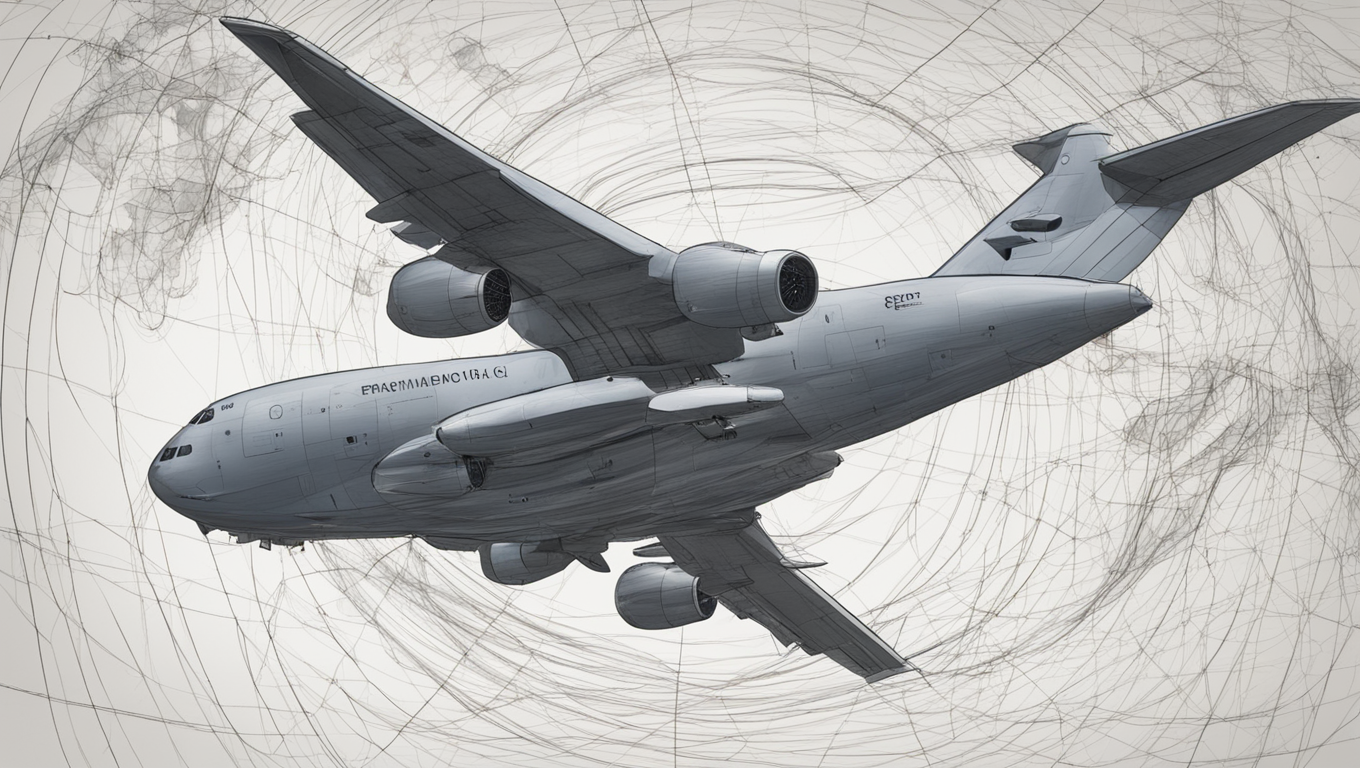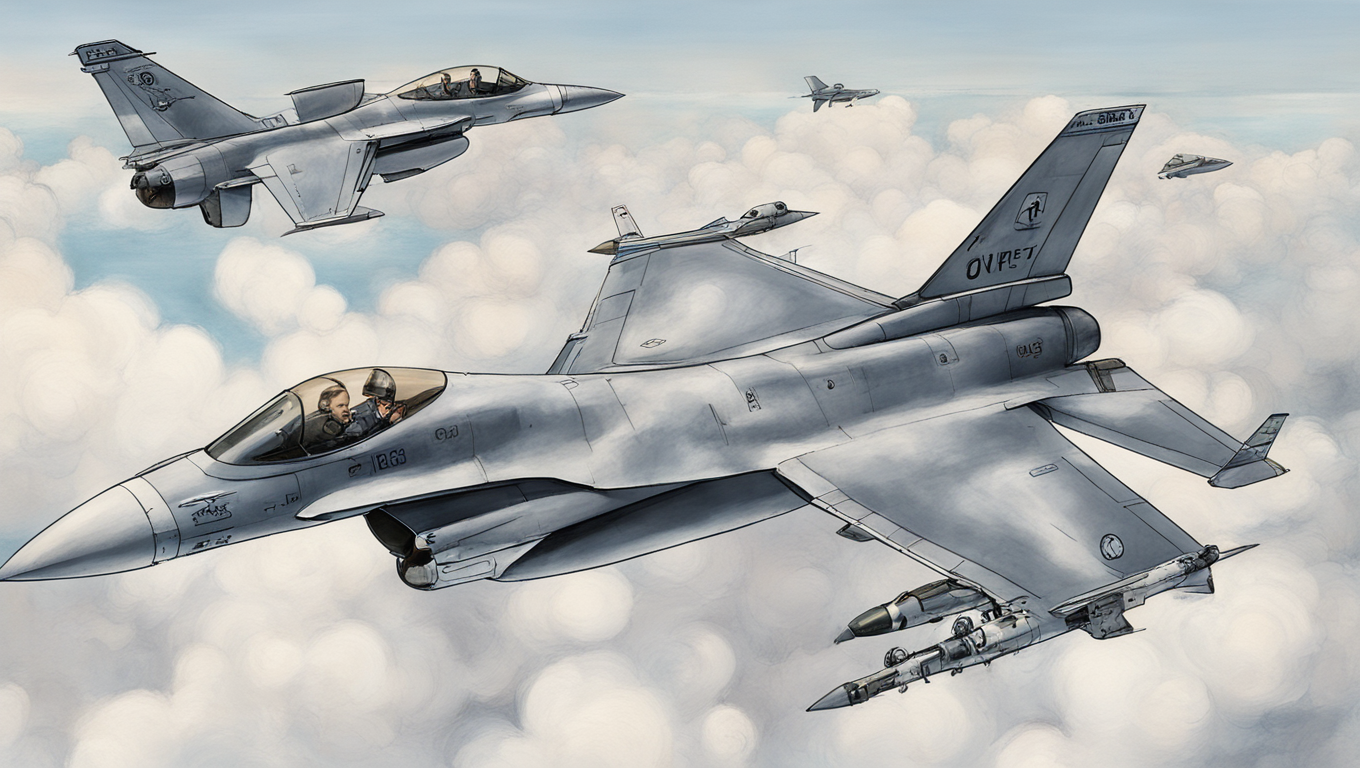The US Air Force is making major strides in revolutionizing aerial warfare with its introduction of AI-controlled drones. The Collaborative Combat Aircraft (CCA) program, which has been in development since the early 2000s, aims to utilize artificial intelligence to enable unmanned aircraft to operate in collaboration with manned combat aircraft. The success of unmanned aerial vehicles (UAVs) as force multipliers in Ukraine has given new momentum to the program, which seeks to enhance the Air Force’s fighter and bomber fleets with more affordable AI-guided drones.
According to the Wall Street Journal, the US Air Force plans to produce approximately one thousand unmanned fighter jets equipped with AI over the next five years. These drones will initially function as “wingmen” to support and protect manned combat aircraft, particularly the fifth-generation F-35 fighters. With the ability to perform all the necessary tasks of traditional aircraft, including reconnaissance and engaging air and ground targets, these jet-powered drones have the potential to provide increased force capability at a lower cost.
The Pentagon estimates that the most advanced drone in the program will cost around one-third of a comparable fighter jet, resulting in significant cost savings. Furthermore, expenses related to pilot training will also be reduced. However, the initial stage of the program is expected to cost approximately $6 billion. Several companies, including Anduril Industries, Boeing, and General Atomics, have already developed prototypes and are competing for Defense Department contracts. Lockheed Martin and Northrop Grumman have also been actively engaged in developing human-machine pairing technology and exploring AI in their respective programs.
The shift toward unmanned combat aircraft marks a significant change in military strategy, combining technological innovation with the tactical versatility that drones have demonstrated in Ukraine. If successful, the CCA program will redefine the future of aerial warfare, providing a more agile, efficient, and lethal force capability. As manufacturers refine the drone technology, Air Force officials will be closely examining various operational and logistical aspects, such as payload capability, runway requirements during peacetime and wartime, infrastructure support, and in-air refueling.
One critical aspect that needs to be addressed is the organization of future units. Thomas Lawhead, the US Air Force assistant deputy chief of staff for strategy, integration, and requirements, acknowledges the need to determine what the fighter squadron of the future will look like. The experimental ops unit will develop tactics, techniques, and procedures for employing the drones effectively, as well as establish the most efficient and streamlined approach to training and equipping squadrons.
US Air Force Secretary Frank Kendall emphasizes that these drones are not mere additions to the fleet but potential lifesavers. The introduction of pilotless fighters represents a new era in which unmanned aircraft play a crucial role in achieving victory and safeguarding lives. With ongoing advancements in AI technology and the successful integration of AI-controlled drones into the Air Force’s combat capabilities, the landscape of aerial warfare is set to change dramatically.





Use the share button below if you liked it.